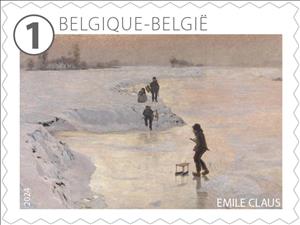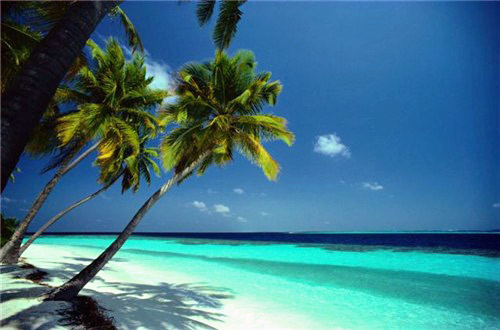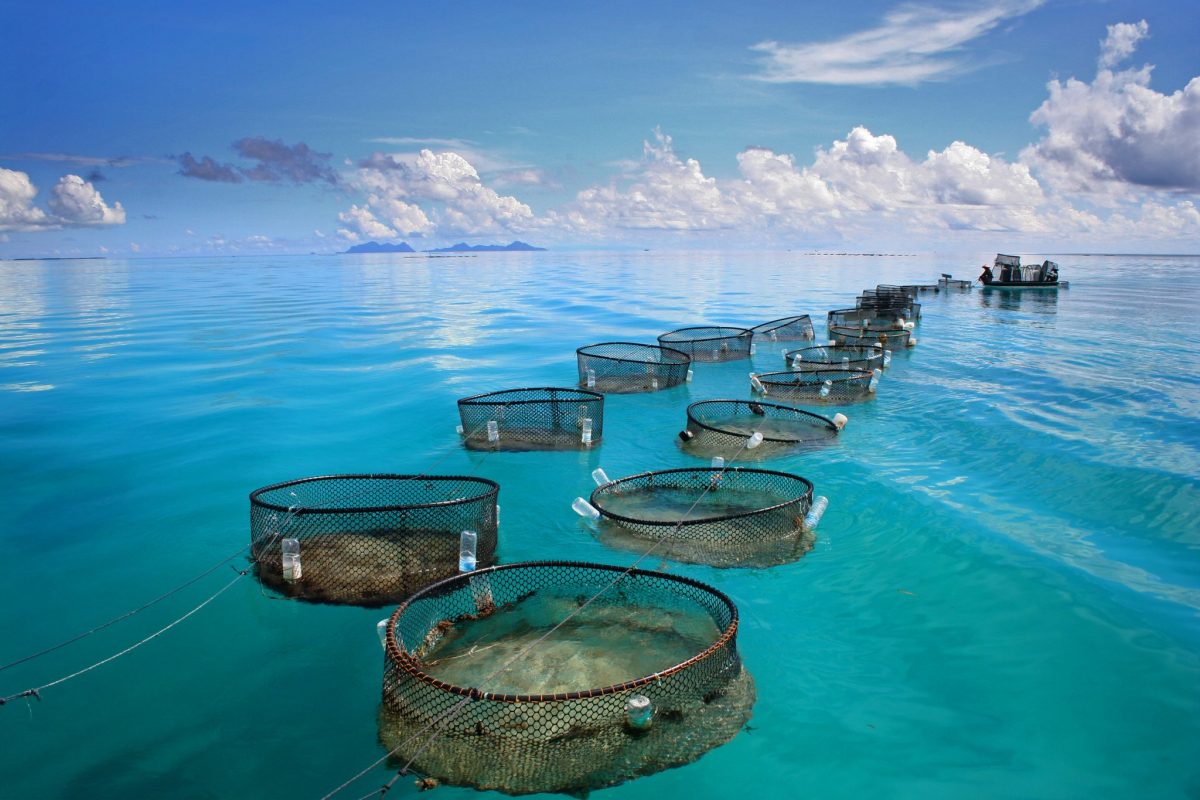Stamp: The Art of Emile Claus (Belgium 2024)
The Art of Emile Claus (Belgium 2024)
10 June (Belgium ) within release The Art of Emile Claus (2024) goes into circulation Stamp The Art of Emile Claus face value 1 No Face Value
| Stamp The Art of Emile Claus in catalogues | |
|---|---|
| Colnect codes: | Col: BE 2024.06.10-03g |
Stamp is horizontal format.
Stamp from booklet. Face value € 1.43 on day of issueAlso in the issue The Art of Emile Claus (2024):
- Booklet - The Art of Emile Claus face value 10*1;
- Stamp - The Art of Emile Claus face value 1;
- Stamp - The Art of Emile Claus face value 1;
- Stamp - The Art of Emile Claus face value 1;
- Stamp - The Art of Emile Claus face value 1;
- Stamp - The Art of Emile Claus face value 1;
- Stamp - The Art of Emile Claus face value 1;
- Stamp - The Art of Emile Claus face value 1;
- Stamp - The Art of Emile Claus face value 1;
- Stamp - The Art of Emile Claus face value 1;
- Stamp - The Art of Emile Claus face value 1;
Stamp The Art of Emile Claus it reflects the thematic directions:
Art is a diverse range of human activities in creating visual, auditory or performing artifacts (artworks), expressing the author's imaginative or technical skill, intended to be appreciated for their beauty or emotional power. In their most general form these activities include the production of works of art, the criticism of art, the study of the history of art, and the aesthetic dissemination of art. The oldest documented forms of art are visual arts, which include creation of images or objects in fields including painting, sculpture, printmaking, photography, and other visual media. Architecture is often included as one of the visual arts; however, like the decorative arts, or advertising, it involves the creation of objects where the practical considerations of use are essential—in a way that they usually are not in a painting, for example. Music, theatre, film, dance, and other performing arts, as well as literature and other media such as interactive media, are included in a broader definition of art or the arts. Until the 17th century, art referred to any skill or mastery and was not differentiated from crafts or sciences. In modern usage after the 17th century, where aesthetic considerations are paramount, the fine arts are separated and distinguished from acquired skills in general, such as the decorative or applied arts.
A beach is a landform alongside a body of water which consists of loose particles. The particles composing a beach are typically made from rock, such as sand, gravel, shingle, pebbles, etc., or biological sources, such as mollusc shells or coralline algae. Sediments settle in different densities and structures, depending on the local wave action and weather, creating different textures, colors and gradients or layers of material.
Coastal areas are local administrative units (LAUs) that are bordering or close to a coastline. A coastline is defined as the line where land and water surfaces meet (border each other).
Fishery can mean either the enterprise of raising or harvesting fish and other aquatic life or, more commonly, the site where such enterprise takes place (a.k.a., fishing grounds).Commercial fisheries include wild fisheries and fish farms, both in freshwater waterbodies (about 10% of all catch) and the oceans (about 90%). About 500 million people worldwide are economically dependent on fisheries. 171 million tonnes of fish were produced in 2016, but overfishing is an increasing problem, causing declines in some populations.




